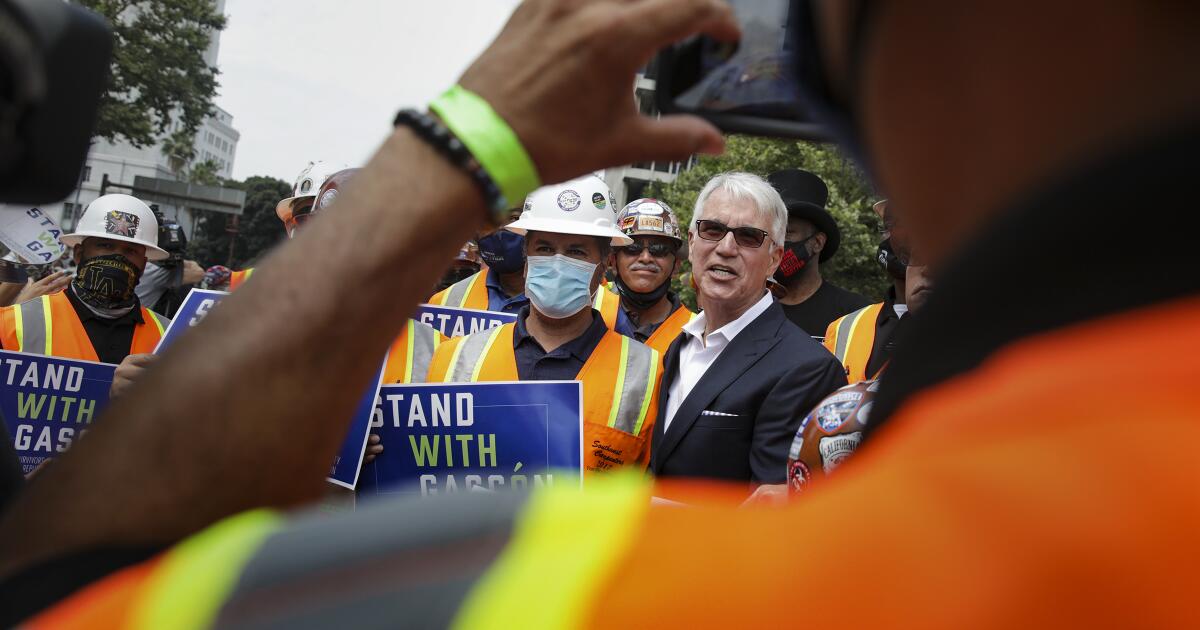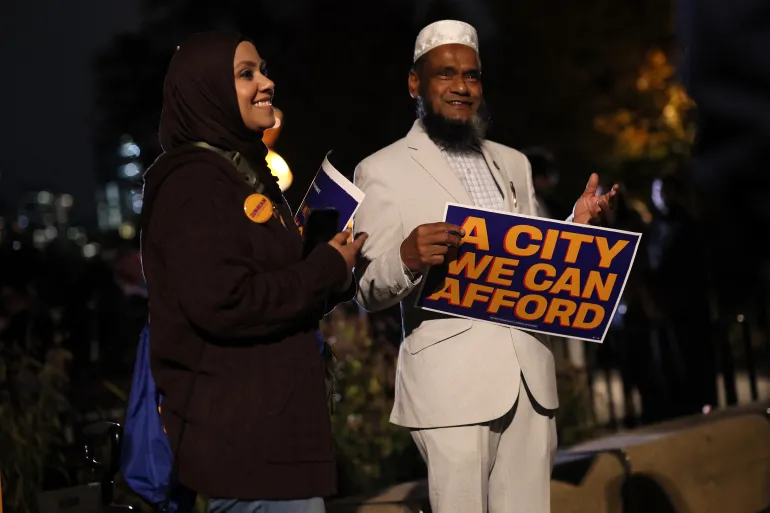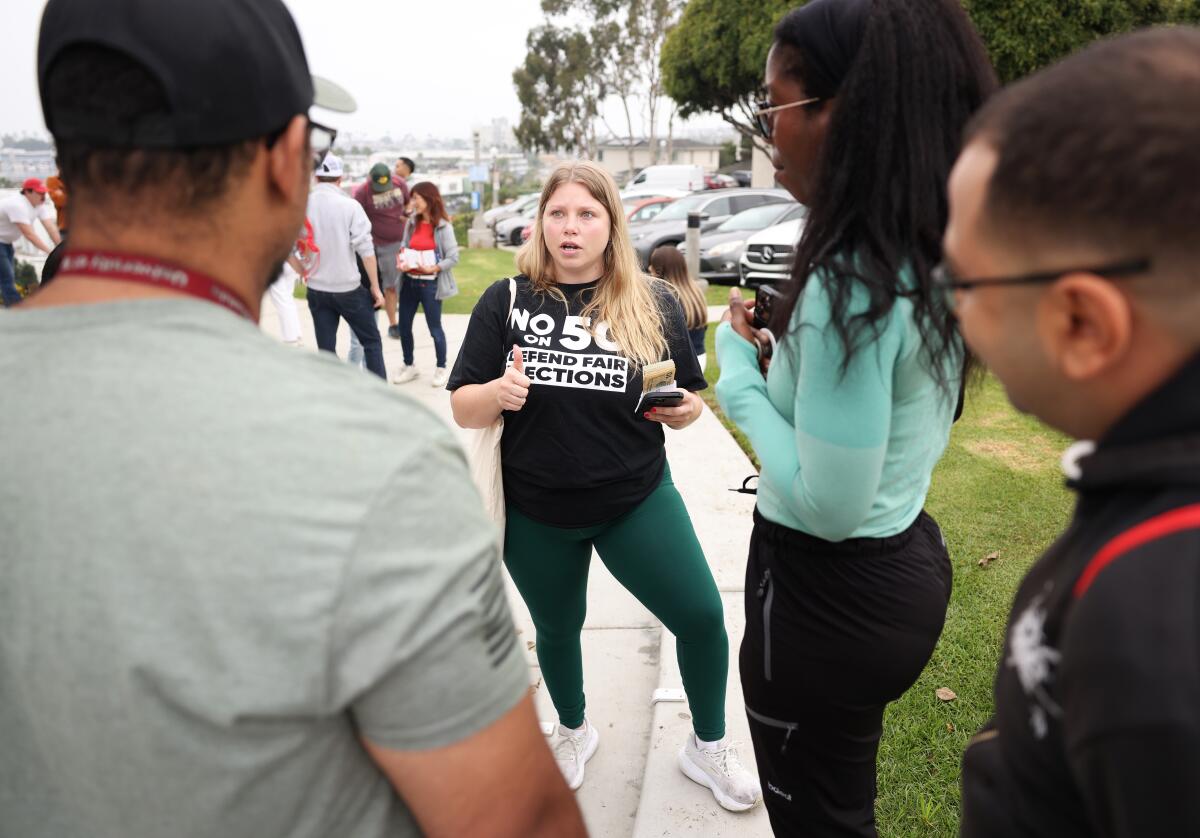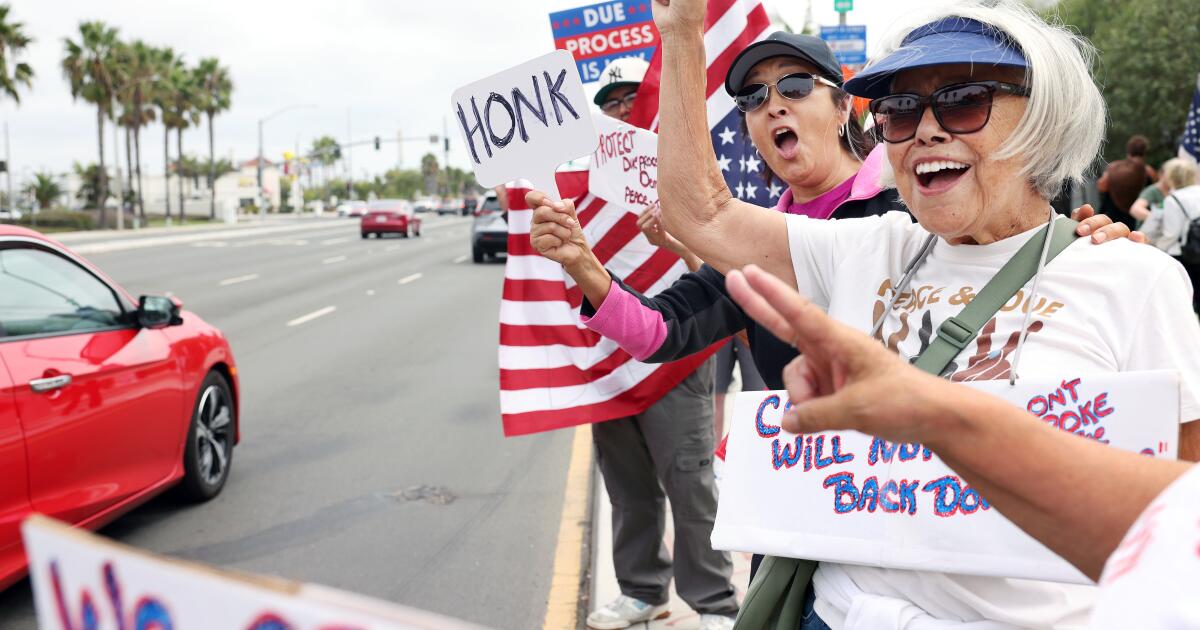Orange County Voters Rally Around Clinton
COSTA MESA — The schedule could hardly be more unusual: Just a little less than two weeks before the election, a Democratic presidential nominee appeared Thursday night in the Republican bastion of Orange County.
But that is the way Campaign ’92 has gone for Arkansas Gov. Bill Clinton.
“It’s tough to be a Democrat here, but no more,” Orange County Democratic Chairman Howard Adler said Thursday night as he surveyed the crowd of more than 18,000 who crowded into the Pacific Amphitheatre to cheer Clinton on. On Election Day, Adler added, “We’re going to dance in the streets of Orange County.”
And dance Clinton did–a tad stiffly, perhaps–as he entered the amphitheater to the sound of Whoopi Goldberg and the choir from her recent film “Sister Act” singing “Shout.”
Taking the microphone, Clinton told the enthusiastic crowd that when he first came to Orange County for a much-publicized fund-raiser hosted by local Republicans, people told him Democrats in the area “were an endangered species.” But, he said, he decided to “go tell them (county residents) there’s a new Democratic Party, an old Republican Party, and we’re going to help lift America up together.”
He trotted out a line that his aides hope will become the theme of the campaign’s waning days–one featured in Clinton’s latest television advertisements. President Bush, he said, had promised in 1988 to make things better for Americans. “So let me ask you a question in Orange County–how you doing?”
And he urged his listeners to talk to their neighbors and tell them that “it won’t kill them if they hold their noses this one time and vote for a Democrat, because they’ll like what they get.”
Clinton also deftly defused a heckler who briefly interrupted the start of the speech and, to a chorus of boos, waved a Bush sign.
Noting that the man was wearing a Clinton T-shirt, the candidate said the heckler had “got in here under false pretenses.” Then, referring to Bush and the “Read my lips, no new taxes” pledge that he broke, Clinton said: “This whole crowd travels under false pretenses.”
After speaking for about 20 minutes, Clinton left the stage, walked outside the amphitheater and briefly greeted some of the thousands of supporters who had arrived too late to get a seat at the rally.
Some local Republicans sought to downplay the rally. “You look at those buses, you look at the signs, they’re from up in L.A. or down in the Imperial Valley,” said Assemblyman Mickey Conroy (R-Orange), who was among a group of military veterans protesting Clinton’s appearance. “What you’re seeing is a charade.”
Indeed, Clinton may not actually carry Orange County, which has not voted for a Democratic presidential candidate in 56 years. But polls taken last month showed him running virtually even with Bush among the county’s voters. Fueled in part by this strong showing, Clinton held a 21-percentage-point lead in two recent statewide voter surveys.
And the fact that at this stage in the campaign, a Democrat could stage a rally here and draw a crowd so large that the fire marshal shut off the entrances more than 1 1/2 hours before Clinton arrived, was a stunning display of how the nation’s political map has changed this year.
Sensing that change, the crowd broke into chants of “12 more days” when they weren’t loudly cheering the entertainers that helped warm them up–who aside from Goldberg included Linda Ronstadt, Bruce Hornsby and Paula Poundstone.
For the political half of the evening, the theme was putting the entire Democratic ticket over the top in California. “One is not enough,” Senate candidate Dianne Feinstein told the crowd. “An individual can make a difference, but a team can make a change.”
Barbara Boxer, the Democratic nominee in California’s other Senate race, spent 30 minutes doing satellite television interviews with Clinton that were beamed to other parts of the state before her brief appearance at the rally. “It’s tough out there. There’s been negative politics,” she told the crowd. “Stick with us these 12 more days.”
Clinton, too, stuck to that theme, telling the crowd: “I want you to help me be a better President by electing Barbara Boxer and Dianne Feinstein to the United States Senate.”
As the Nov. 3 vote grows closer, Clinton has become bolder about trying to use his support to achieve goals other than his own election. That was clear not only at the Orange County rally, but at an appearance earlier in the day in Orgeon.
Last month, for example, when Clinton visited the state, he avoided taking a strong stand on Measure 9, the anti-homosexual ballot initiative backed by fundamentalist groups. On Thursday, speaking before an enthusiastic crowd of several thousand packed into and around the University of Oregon gymnasium, Clinton unequivocally condemned it.
“This country has been divided too long and in too many ways,” he said.
Then, to growing cheers, he exhorted the crowd: “Many people look to the West and see tomorrow. They see the shape of tomorrow. I ask you to send a message to America by resoundingly defeating Resolution 9. Vote no.”
Similarly, as Clinton seeks to portray the race as a choice between “can do” Democrats and “can’t do” Republicans, between “the things-could-be-worse crowd and the things-can-be-better crowd,” he has begun making far more direct appeals to his supporters to vote for other Democratic candidates as well.
In recent weeks, Clinton briefly has asked his audiences to vote for local Democratic candidates. But Thursday, for the first time, he made an extended argument for a party victory, asking Oregonians to vote for Democratic Senate candidate Les AuCoin so that as President he would have a filibuster-proof 60-member majority in the Senate.
“If you elect me on Nov. 3,” he said, “I need help to implement that program for change.”
Amid the cheering crowds, Clinton aides do their best to keep their guard up. Having watched near-disaster overtake them repeatedly in the winter and spring, this group has learned at least one lesson clearly–yesterday’s dream can become today’s nightmare.
And Clinton advisers do worry about a voter backlash if they appear to be taking the election for granted. “What worries me more than anything is that voters will feel disenfranchised by a media that tells them this thing is over,” Clinton strategist Paul Begala said.
Today on the Trail . . .
Gov. Bill Clinton campaigns in Las Vegas, Fayetteville, Ark., and Springfield, Mo.
President Bush campaigns in Lexington and London, Ky., and Miami and Ft. Lauderdale, Fla.
Ross Perot has no public events scheduled.
TELEVISION
Vice President Dan Quayle is a guest on NBC’s “Today” at 7 a.m. PDT.
First Lady Barbara Bush is a guest on ABC’s “Good Morning America” at 8 a.m. PDT. and a guest on CNN’s “Larry King Live” at 6 p.m. PDT.
Perot airs a new 30-minute commercial on NBC at 8 p.m. PDT.
C-SPAN may air repeats of the presidential debates. For updated program schedules, call C-SPAN at 202-628-2205.


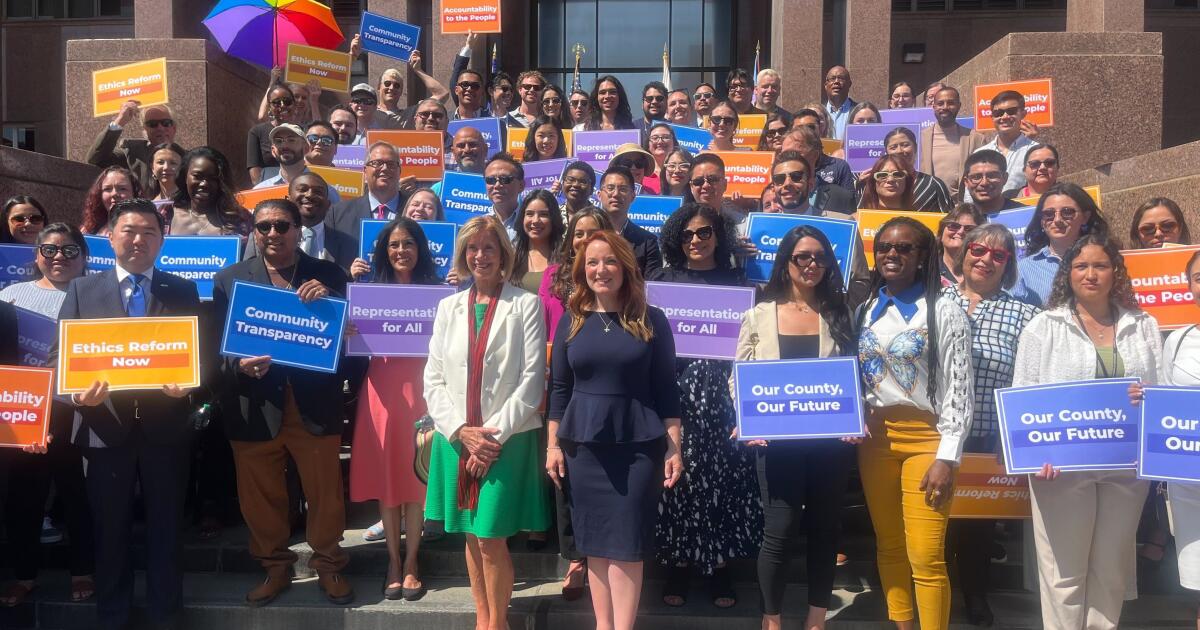



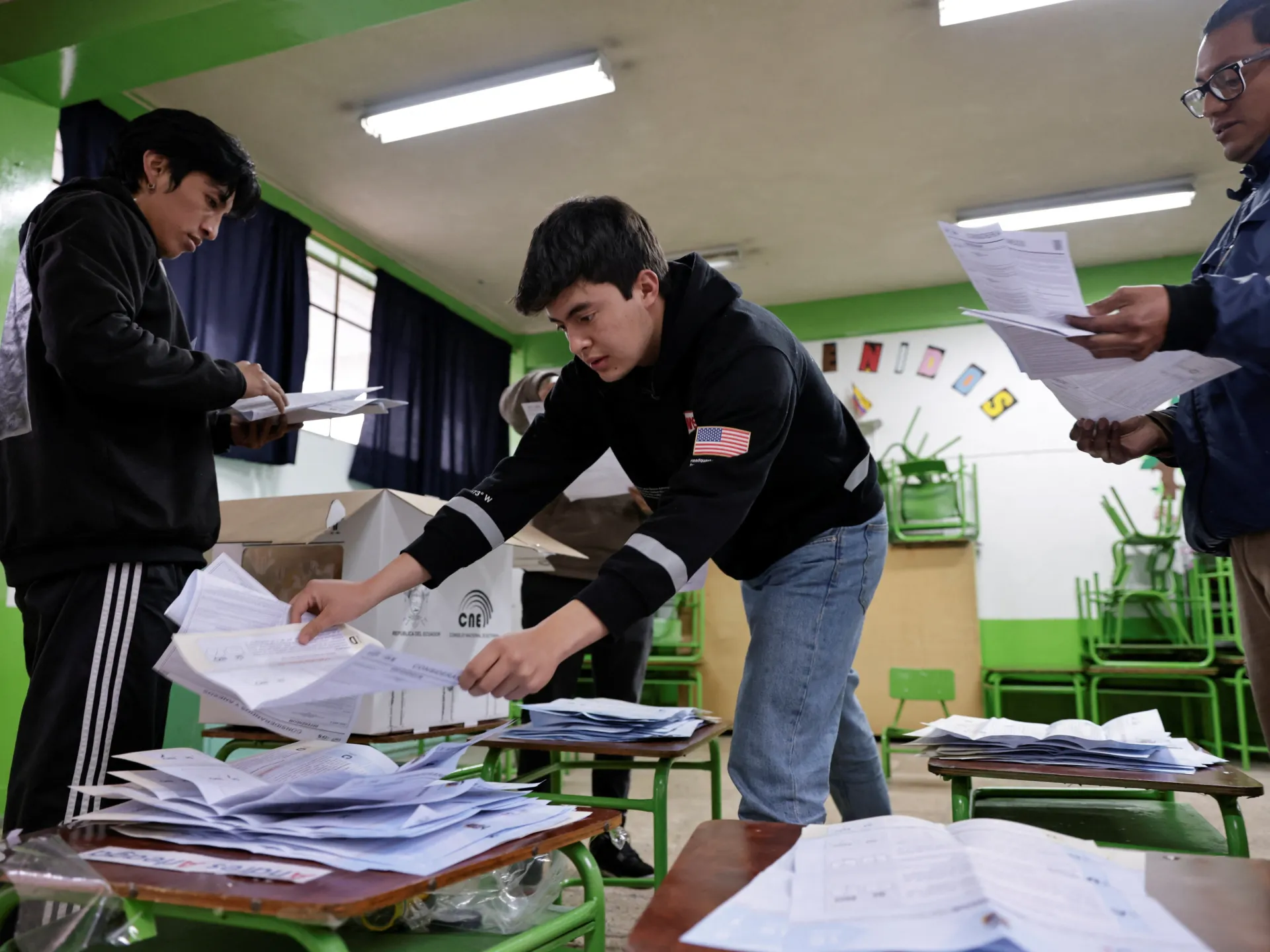

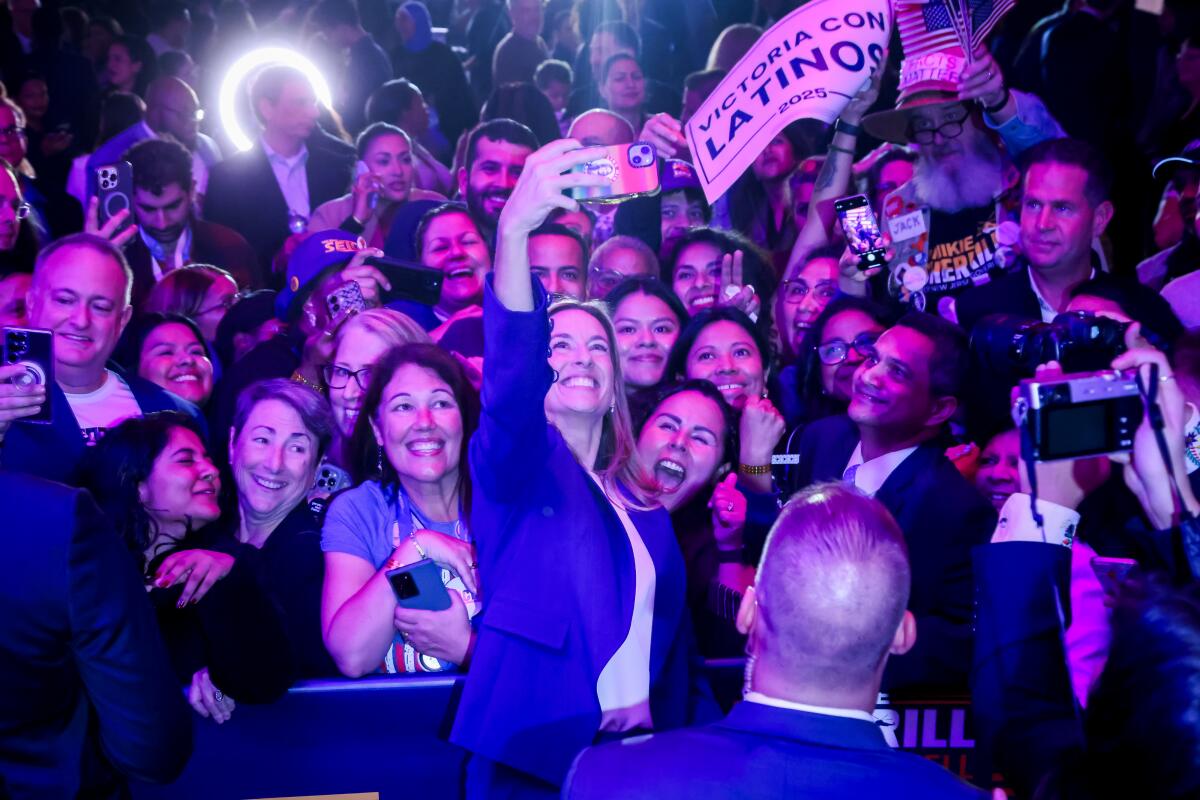

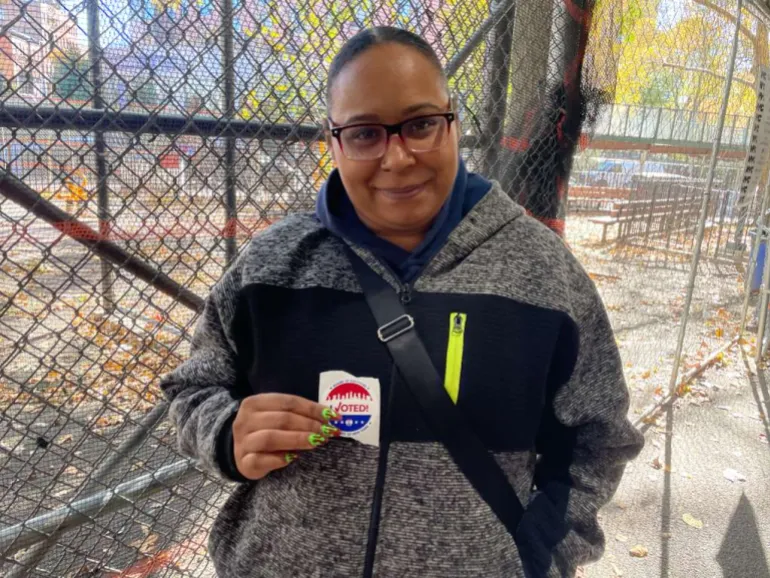

![Artemio Figuero, 59, [Joseph Stepansky/Al Jazeera]](https://i0.wp.com/www.aljazeera.com/wp-content/uploads/2025/11/Artemio-Figuero-59-1762276906.jpeg?w=640&ssl=1)

